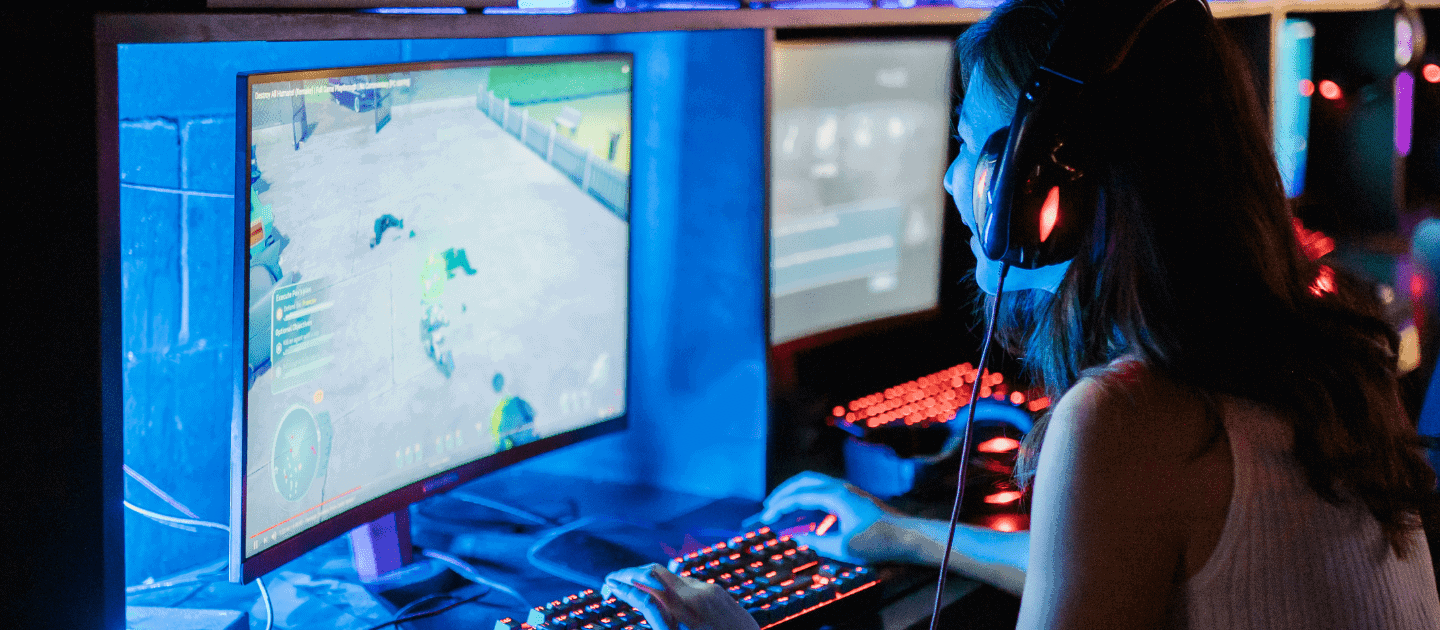
Supporting the Inclusion of Students with Disabilities in Physical Education: Dismantling the Ableist Discourse
Utilizing both classroom menus and UDL design challenges can help educators plan a range of activities in their classes which can serve as a “buffet” from which learners can pick “just right” activities.
27 Apr 2022

